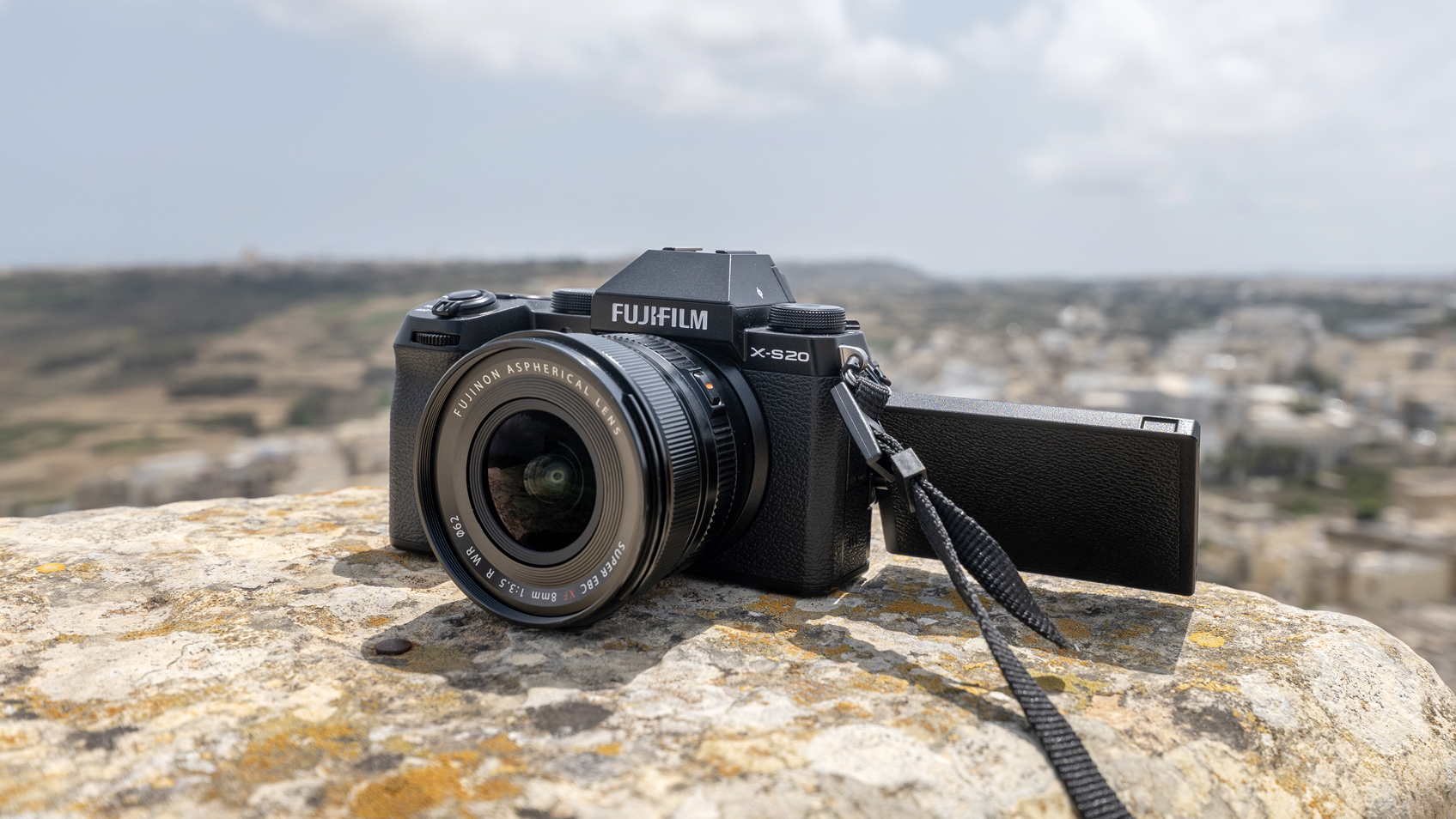
Creative enthusiasts are arguably the fastest-growing cohort of potential camera purchasers. So it made a lot of sense when brands like Fujifilm decided to make a concerted effort to produce the best camera models tailored to that audience, with models such as the X-S10 and, now, its follow-up on review here, the X-S20.
Features ideal for Vlogging, flexible video recording formats and speeds, simplified shooting functionality, all packed into a lightweight, compact body was the name of the game. Enthusiasts who may not have the technical know-how, but do have the creative vision to capture great content are looking for cameras just like this.
However, given how many similarities the X-S20 shares with its predecessor, you could be forgiven for asking why Fujifilm has released the camera. It shares the same 26.1-megapixel X-Trans APS-C-size backside-illuminated CMOS sensor for starters. But the X-S20 takes things a few key steps further to justify the update, even for owners of the X-S10. Let’s dive in and take a look at what’s new and significant about the X-S20.
Fuji X-S20: PRICE & AVAILABILITY
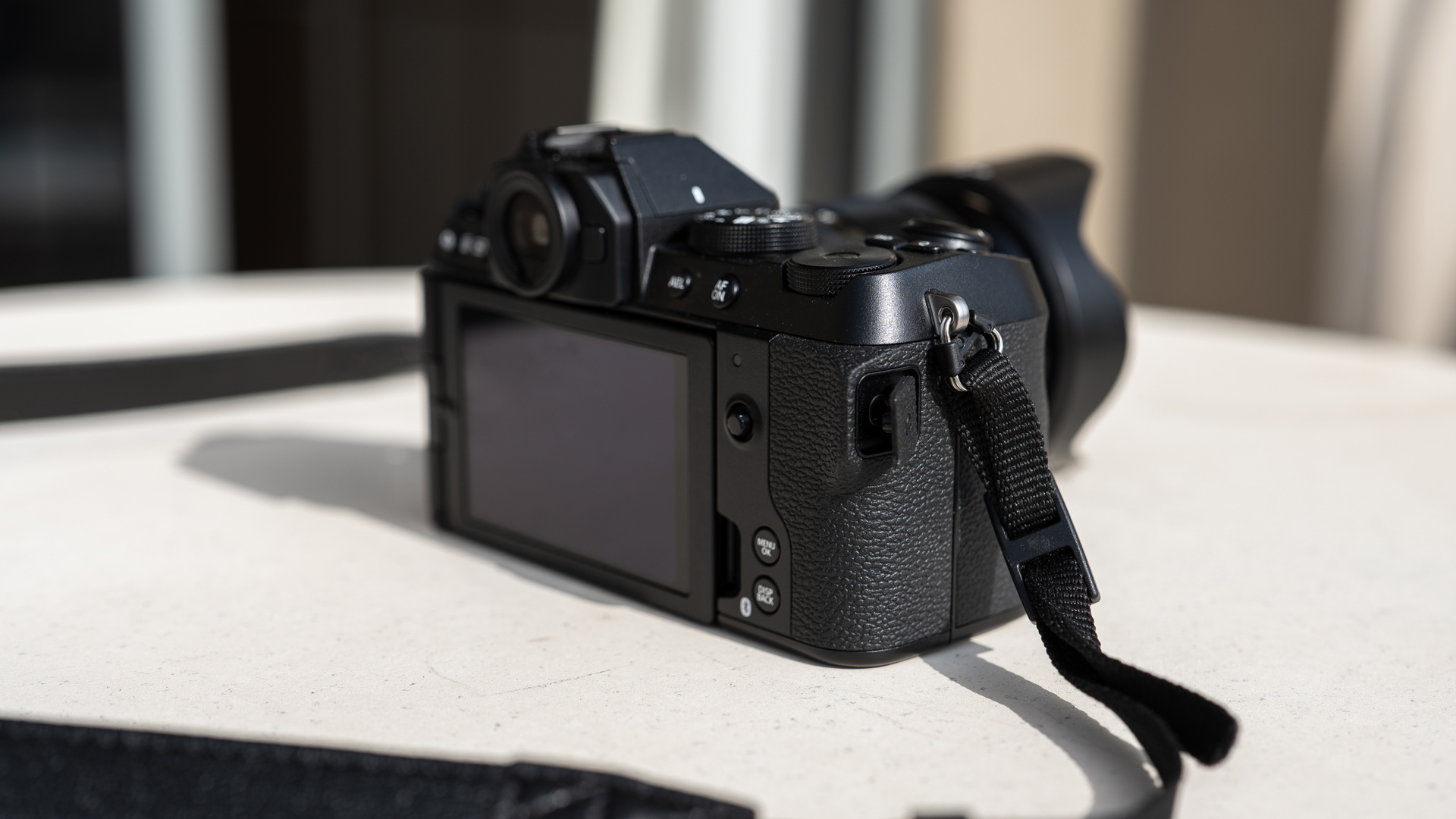
The X-S20 is expected to ship towards the end of June, with prices starting at £1,249, body-only. There are also two kit options available: one with the XC15-45mm f/3.5-5.6 lens, priced £1,349; the other with the slightly more high-end XF18-55mm f/2.8-4 lens, priced £1,599.
If you already own some X-series glass, whether you’re stepping up from a previous X-series camera or want a travel companion to one of its more advanced models, the X-S20 is competitively priced. However, the X-S10 is available for a few hundred less now, as you can see in the shopping widget below:
Fuji X-S20 REVIEW: WHAT'S NEW?
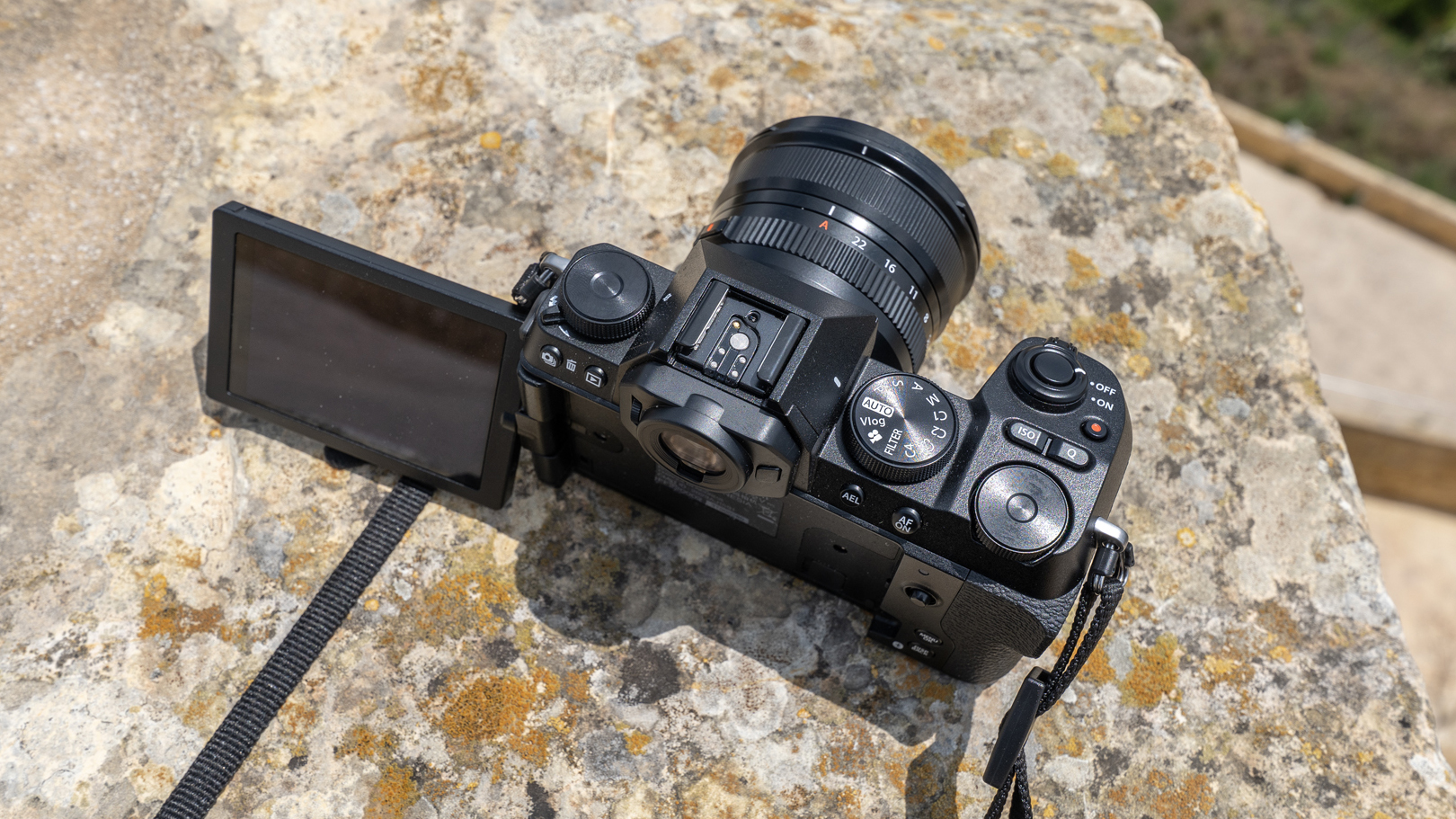
As one of the latest X-Series cameras, the Fujifilm XS20 is powered by the X-Processor 5, the same powerful image processing unit shared by the Fujifilm flagship, the X-H2. So there are no corners cut here when it comes to image quality.
The body of the X-S20 is also a fraction larger than its predecessor, but the difference is barely noticeable. This is because X-S20 uses the higher capacity NP-W235 battery (shared with the GFX, X-H and X-T camera lines). In practical terms, the additional cell capacity sees an almost two-fold increase in the number of shots you can capture over its predecessor, rated to last for roughly 800 frames.
The X-S20 boasts an improved in-body image stabilisation system, too, which offers up to 7-stops of equivalent stability when paired with the XF35mm f/1.4 R lens. This is ideal for handheld situations where you might choose to use a slow shutter speed, as well as when recording video.
Appealing to advanced video shooters, the X-S20 is impressively capable of recording up to 6.2K/30p video (in 4:2:2 10-bit) at a maximum data rate of 360Mbps, with no artificially imposed time limit. It also now has both a 3.5mm headphone and a microphone connector, uniquely placed separately on either shoulder of the camera.
Lastly, the X-S20 also deploys AI-based subject detection, with preset modes for recognising a range of animals and vehicles, as well as humans, faces and eyes. You will likely be hearing a lot more about artificial intelligence in relation to cameras, it’s not a new thing, but it’s the word du jour, so get used to it.
Fuji X-S20 REVIEW: DESIGN & BUILD

To the untrained eye, the X-S20 and X-S10 are almost indistinguishable. Even once you hold the two and look closely, the differences are reluctant to present themselves.
Measuring 127.7 x 85.1 x 65.4mm, the X-S20 is imperceptibly wider (1.7mm) and exactly the same height and depth as the X-S10. The weight gain isn’t even obvious, with the XS20 weighing 491g, including the supplied battery and a memory card. The Fujifilm XS10 tipped the scales at 465g, making the new model 26-grams heavier, roughly the equivalent of a single AA battery. So it’s not much.
You will notice that the X-S20 has a pleasingly substantial grip, along with a nicely textured rubber surface. To make holding the camera extra comfortable, the shoulder of the camera protrudes along its right side, providing for a thumb rest.
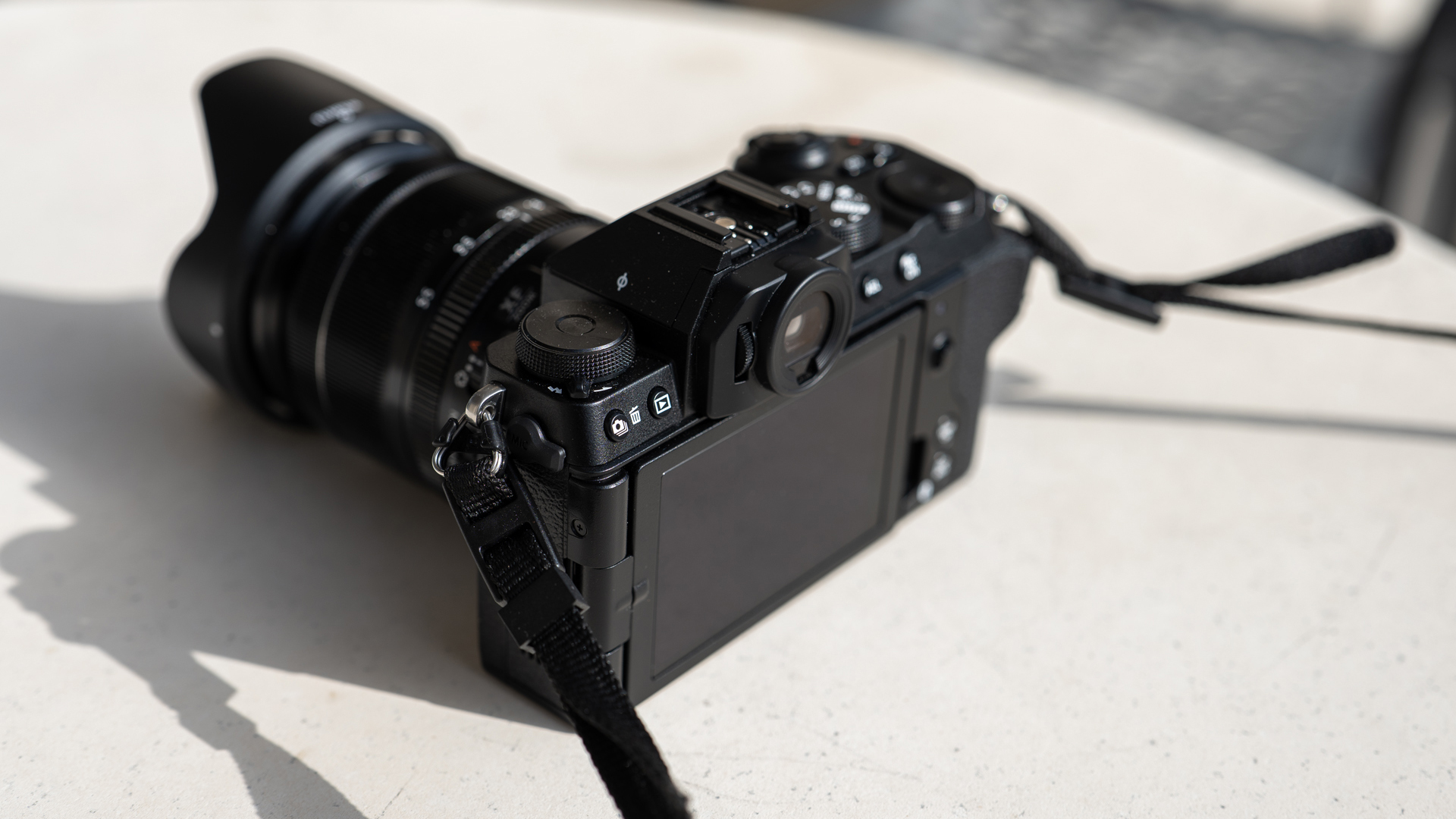
Despite lacking premium finishes, such as a metal frame or weather-sealing, the X-S20 does still feel solidly put together. It’s not a camera that I would be concerned about slinging over my shoulder and going on a rocky hike. It’s designed for travellers, so its tough polycarbonate body should be able to take the odd knock and scratch, which will only add character to its otherwise generic exterior.
The rear monitor of the camera flips out and rotates 270-degrees to face forwards, for vlogging and selfies, or face down so that it can be held above head height when capturing overhead content. The display uses a 3.0-inch LCD touch-panel with a resolution of 1.84m-dots (an upgrade over its predecessor’s 1.04m-dot screen). The OLED viewfinder remains unchanged: the X-S20 utilises the same 0.39-inch 2.36-m-dot OLED EVF that we saw in the X-S10.
The look of the X-S20 is functional and distinctly lacking in flair, but that’s kind of the point. It’s a camera that’s designed to be a companion for creative people who are passionate about capturing content and want a tool that simplifies the process without compromising on image quality.
X-S20 REVIEW: PERFORMANCE & IMAGE QUALITY
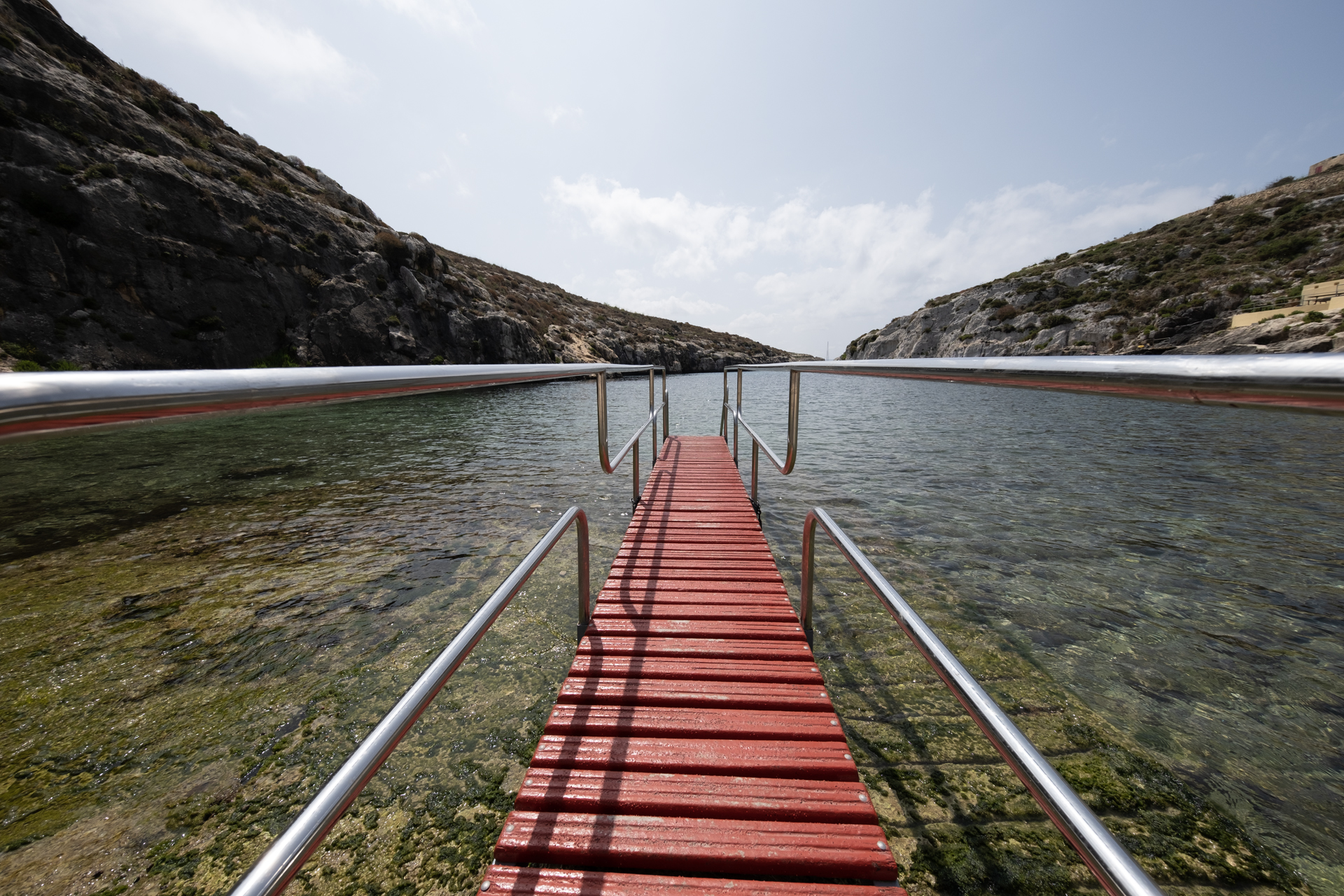
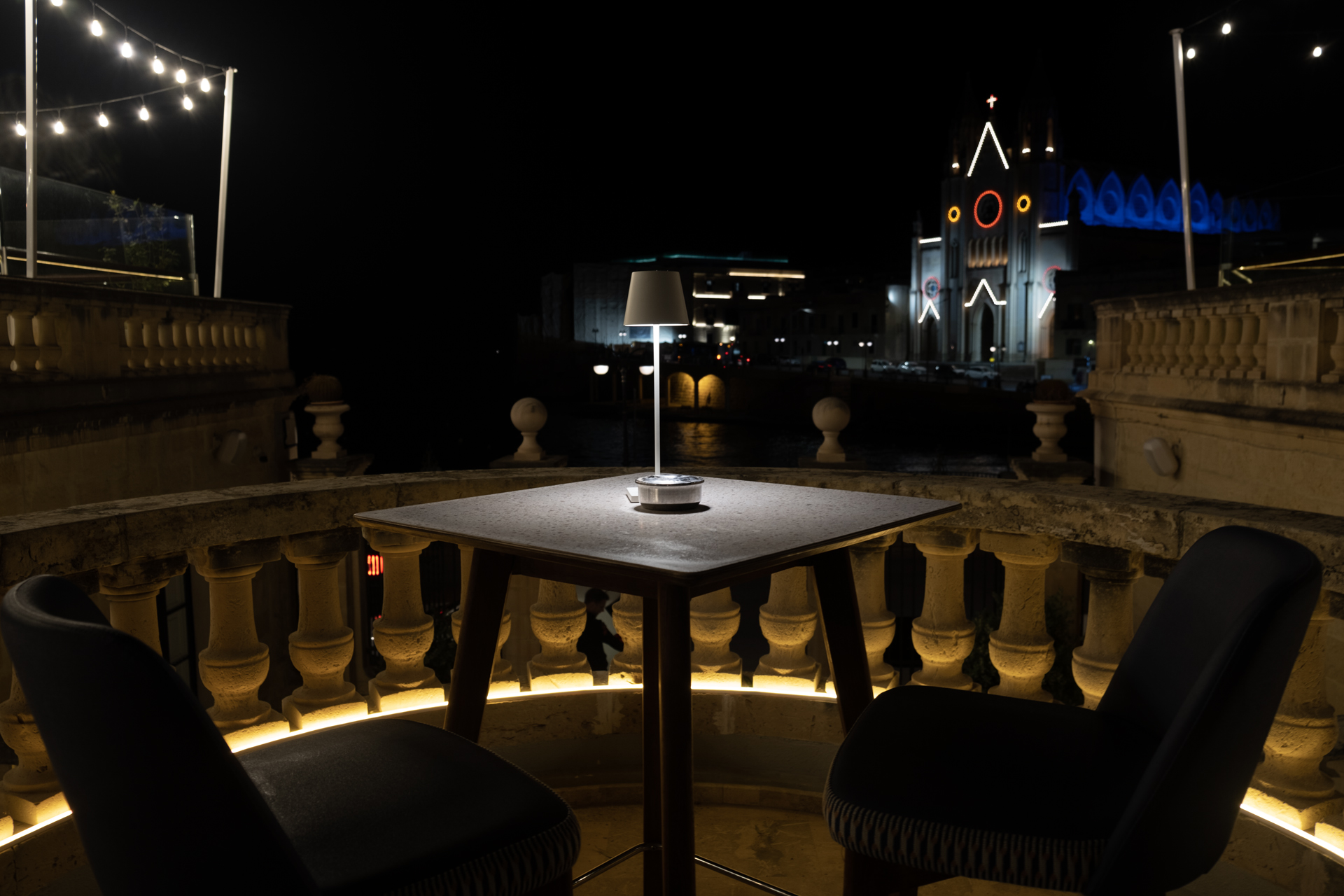




The 26.1-megapixel sensor at the core of the X-S20 is a proven winner, having been deployed in a number of Fujifilm cameras since 2018. It can produce typically stunning images in a range of scenarios, particularly when you have high-contrast sunlight to filter through one of its 19 creative film simulation modes. Fujifilm has cornered the market on these filtered looks and while I would typically avoid them on most cameras, film-emulation filters like Velvia and Eterna can genuinely add a special dynamic to images.
In terms of autofocusing, the X-S20 has a hybrid phase-detection system that does a good job of recognising a range of subjects. However, with our early firmware pre-production model, I did end up with a couple of occasions where the camera fired without acquiring focus in scenarios that shouldn’t have challenged it. I also noticed that the camera struggled to stitch the centre of panoramic images, even when I attempted to capture them using a tripod. I suspect these kinds of kinks can be ironed out by the time the full production model ships though.
For the most part, capturing pictures with this camera is simple and intuitive and it doesn’t take much effort to achieve beautiful results. I would happily use this camera in Auto or Programme mode for the majority of shooting situations (capturing in JPEG Fine + RAW, just in case I wanted to make any adjustments in post-production). But reviewing the images, as you can see from the gallery above, there was very little that I would change in the out-of-the-camera JPEGs.


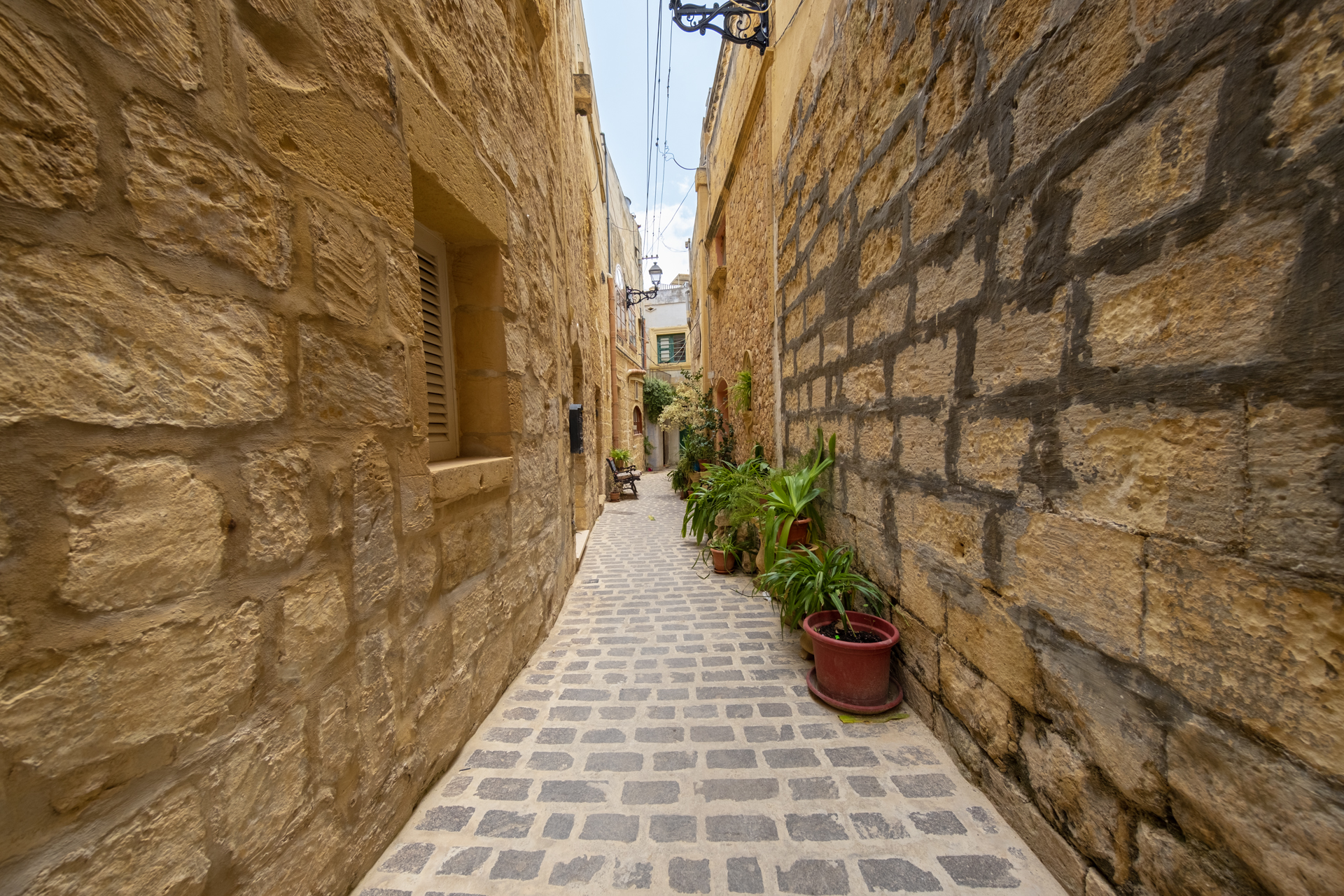



The X-S20 has a dedicated Vlogging video option in its mode dial, which adds quick-access to key settings and functions on the touchscreen and prioritises faces and stability for vlogging scenarios. Even though this is a key function, designed for its target user, I was surprised by how consistently well the camera delivered in this area, especially in terms of picking up voice sounds in noisy environments when recording pieces to camera. Key video recording formats and frame rates such as 6.2K/30p, 4K/60p (with a crop) and Full HD up to 240fps are easy to switch between and provide some great options for getting creative with video storytelling.
Again, I did notice some slight AF issues when recording video that I hope can be ironed out in the final launch firmware. When recording footage without people in it, of general landscape scenes with no obvious focal point or subject to detect, the AF would pulse, looking for something to detect, even with subject detection turned off.
The quality of video produced by the X-S20 is more than good enough for enthusiast content creation purposes, however, and with extended features like external ProRes/BRAW recording through its Mini-HDMI port, full sensor readout and flat F-LOG video profile will give beginner and enthusiast creators a camera they can grow into as their interest and skills in video improve.
Fujifilm X-S20 review: Early verdict
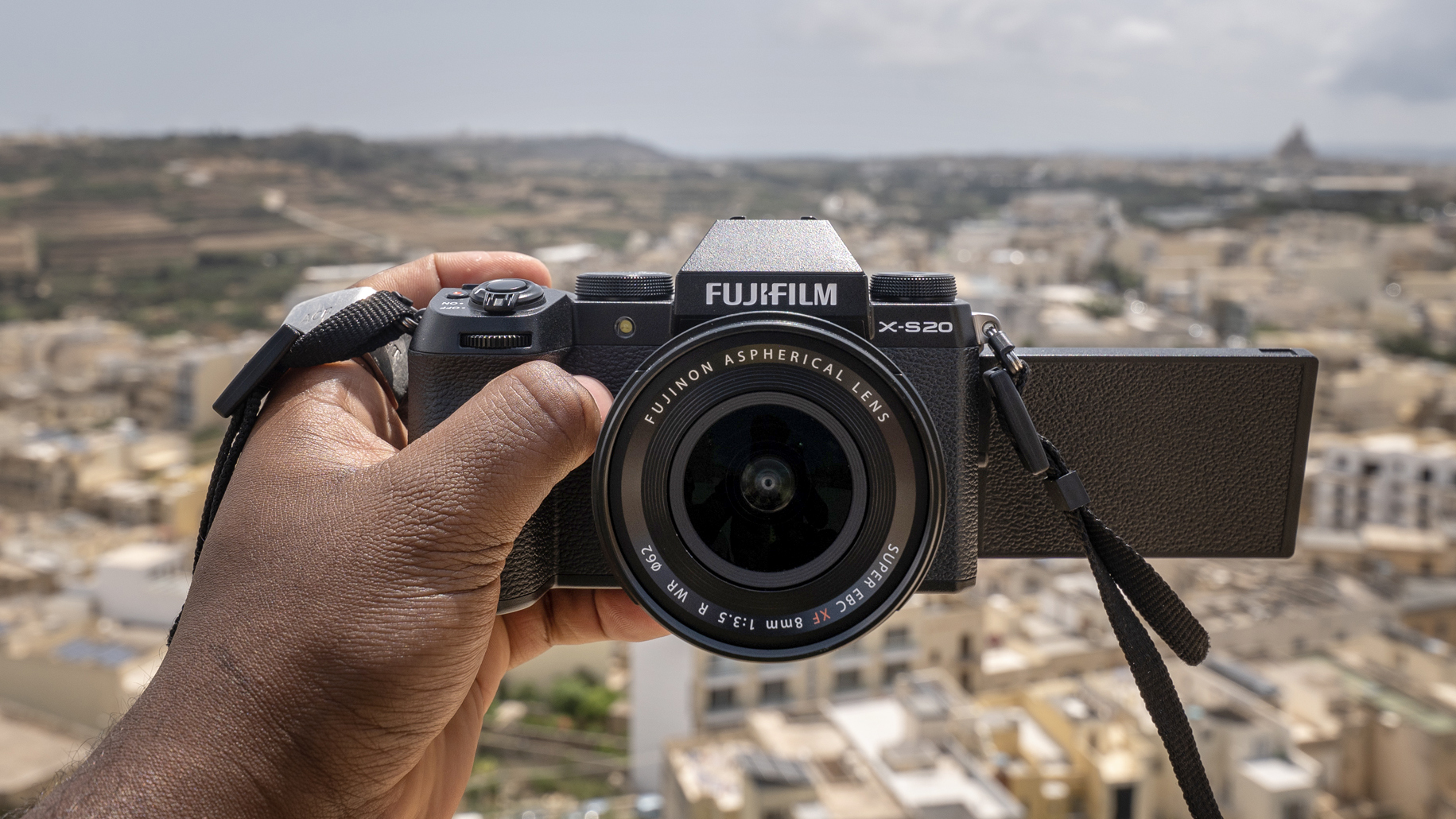
There’s no denying the quality of the Fujifilm X-S20's images' colours and details. The company's X-series models often produce richly toned, pleasing image files straight out of the camera, with little-to-no editing needed – and the X-S20 is no exception in this regard.
Priced notably lower than the highly competitive £2000/$2000 camera segment, but a few hundred higher than the sub £1000/$1000 cameras, the Fujifilm X-S20 sits in an interesting position. It offers more than most beginners and enthusiasts will need. But it does lack some high-end features, such as dual card slots and weather-sealing. There's also the argument over whether you'd want larger a full-frame sensor (a market area that Fujifilm isn't involved in), which you could acquire if you had a much larger budget to spend.
But for a creator who has progressed from a flagship smartphone and perhaps dabbled with a DSLR or entry-level mirrorless camera, the Fujifilm X-S20 will deliver a significant step up in the quality of content you can produce. Sharing many of its key components and functions with Fujifilm’s flagship cameras that cost almost double its price, the X-S20 is one of the best enthusiast-level cameras that you could consider right now.







